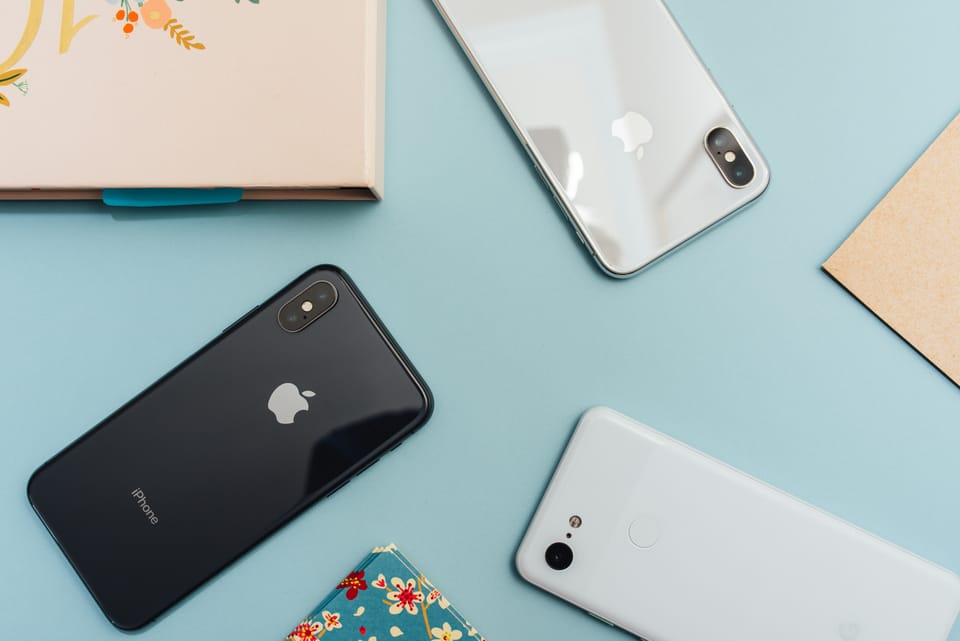Apple to improve circularity by enabling iPhone repairs with used parts

Apple is changing its repair policy to allow customers and repair providers to utilise used genuine parts in repairs, a move set to improve circularity and reduce electronic waste after years of criticism.
The new policy will begin in Q3 2024 with “select iPhone models”, whose owners will be able to choose between new and used parts for their repairs, whether these are conducted by authorised repair providers or through the brand’s Self Service Repair programme.
John Ternus, Apple’s senior vice president of Hardware Engineering, said: “For the last two years, teams across Apple have been innovating on product design and manufacturing to support repairs with used Apple parts that won’t compromise users’ safety, security, or privacy. With this latest expansion to our repair program, we’re excited to be adding even more choice and convenience for our customers, while helping to extend the life of our products and their parts.”
Additionally, the company is looking to improve transparency by allowing customers to see whether the device they are buying contains used parts and give them access to its full repair history – a necessity “as device longevity increases”.
Apple sustainability and right to repair
Apple is aiming to reduce emissions by 75% from a 2015 baseline by 2030, using carbon removals to offset the remaining 25% and achieve carbon neutrality. By 2050, the company plans to cut emissions across all scopes by 90%.
The tech giant has been criticised for a lack of transparency around its use of carbon offsets, but most of the backlash it receives in terms of sustainability is around the planned obsolescence of its products – seen as a contradiction to the brand’s publicly-stated climate goals.
Read also: Case study: What can CSOs learn from Apple’s sustainability communication?
The world produces close to 55 million tonnes of e-waste annually, and this number is expected to double by 2050. As of 2020, only 17% of it was recycled, so for many in the sustainability world, Apple’s primary focus should be to encourage customers to buy fewer new products.
In response to the brand’s 2023 ‘Mother Nature’ ad, sustainable smartphone maker Fairphone said: “Carbon neutrality through offsets is a band-aid, not a solution. Mother Nature deserves better. And it's as simple as consuming less.”







Member discussion